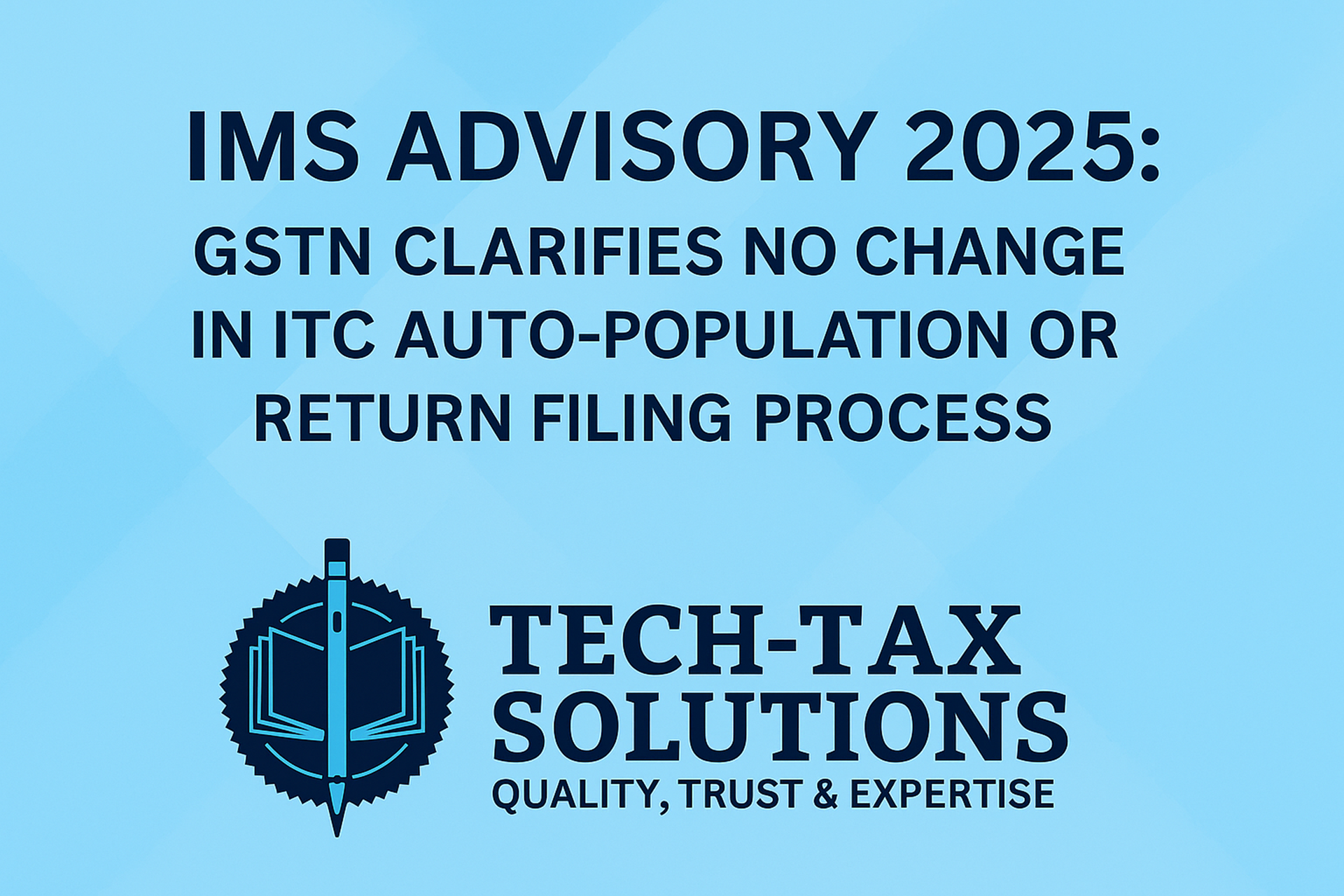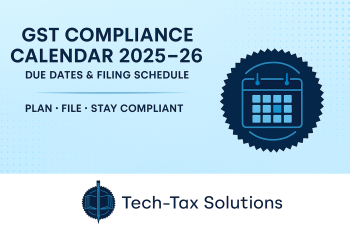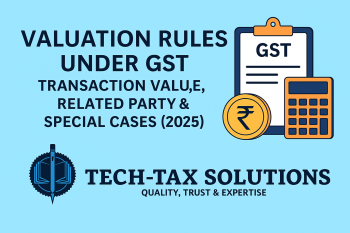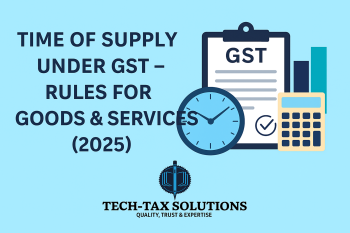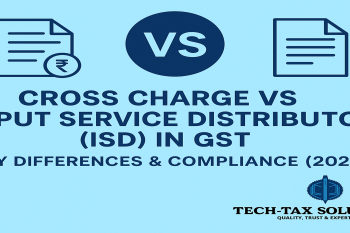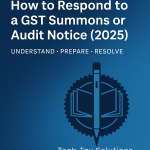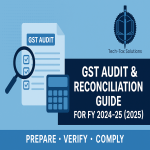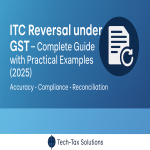🏛️ Background: Why This Advisory Matters
The GST Network (GSTN) issued an important advisory on 8th October 2025, addressing several misleading posts circulating online about alleged changes in GST return filing mechanisms from 1st October 2025.
This advisory aims to clarify the actual position post the implementation of the Invoice Management System (IMS), ensuring taxpayers remain compliant and informed.
⚙️ Key Clarifications by GSTN
|
💡 1. No Change in ITC Auto-Population Mechanism
-
ITC will continue to flow automatically from GSTR-2B into GSTR-3B.
-
No manual editing or intervention is required in this process.
-
The IMS rollout does not modify how ITC is computed, reflected, or adjusted.
🔹 Professional Note: This ensures continuity in reporting and avoids duplication of data entries, maintaining alignment with the auto-reconciliation principle under the GST system.
📅 2. GSTR-2B Generation Continues as Usual
-
GSTR-2B will be generated on the 14th of each month automatically.
-
IMS allows taxpayers to:
-
Take actions after GSTR-2B generation (such as accepting or marking invoices pending).
-
Regenerate GSTR-2B before filing GSTR-3B to reflect latest actions.
-
✅ Result: Real-time invoice reconciliation with suppliers and greater transparency.
🧾 3. New Flexibility in Credit Note Handling (From October 2025 Onwards)
One of the most significant updates in this advisory is related to Credit Notes:
Before IMS:
-
Credit notes were auto-reflected and had to be reversed immediately, even if disputed or pending confirmation.
After IMS (Effective Oct 2025):
-
Recipient taxpayers can keep a credit note pending for a defined time.
-
Upon acceptance, they can manually reduce ITC only for the portion actually availed.
-
This will help in precise ITC reversal and reduce future mismatches or audit objections.
🔍 4. How IMS Enhances GST Transparency
|
|---|
📘 5. Compliance & Professional Impact
The Institute of Chartered Accountants of India (ICAI) through its GST & Indirect Taxes Committee has consistently advocated for automation and data integrity in GST processes.
IMS implementation aligns with this vision by:
-
Reducing mismatch notices under Rule 88C.
-
Minimizing Section 75(12) disputes.
-
Enhancing accuracy of ITC reporting and reconciliation.
🧭 6. Action Points for Taxpayers & Professionals
🏁 Conclusion
The GSTN Advisory dated 8th October 2025 ensures taxpayers that:
“The implementation of IMS does not alter the auto-population or return filing process.”
Instead, IMS is a technological upgrade bringing more flexibility and transparency in invoice management and credit tracking — marking a progressive step toward a more efficient GST ecosystem.
